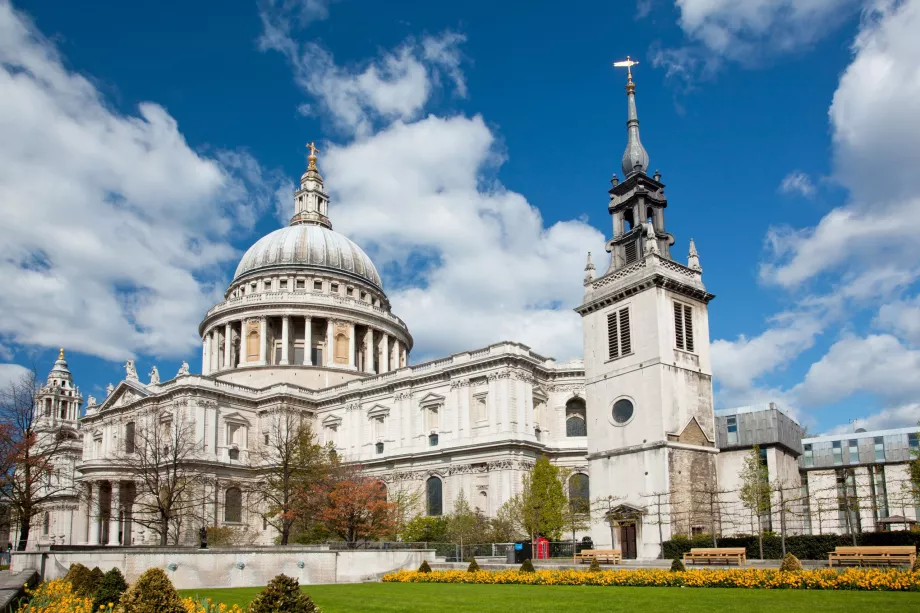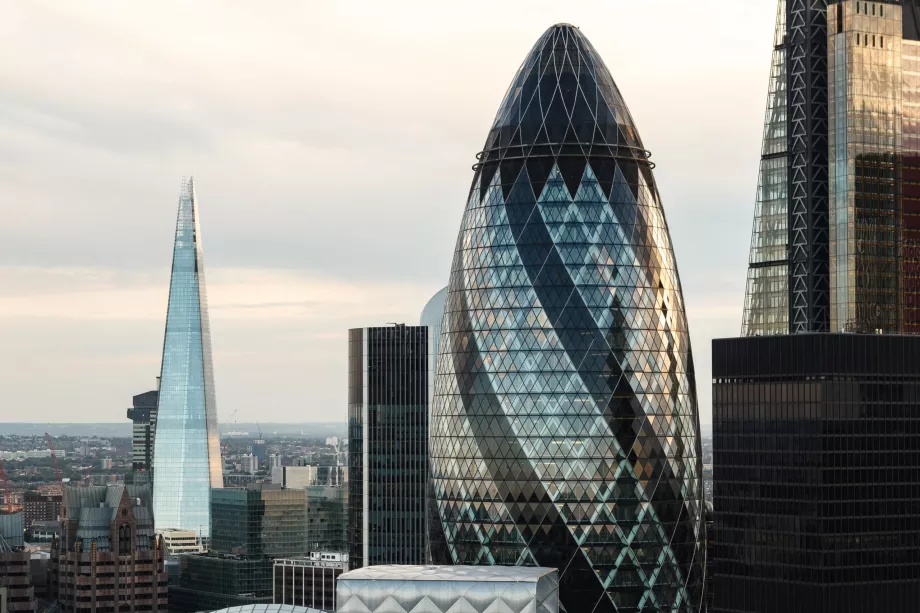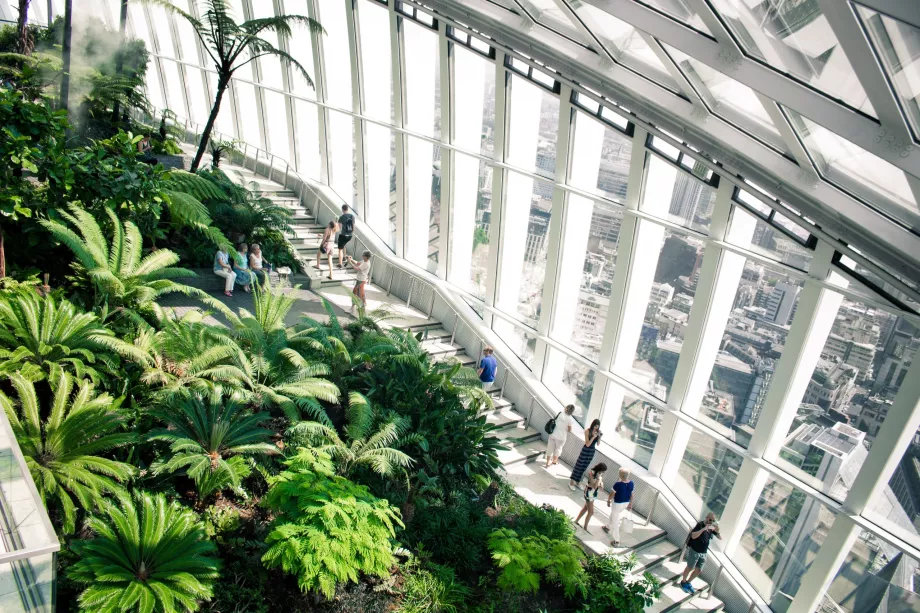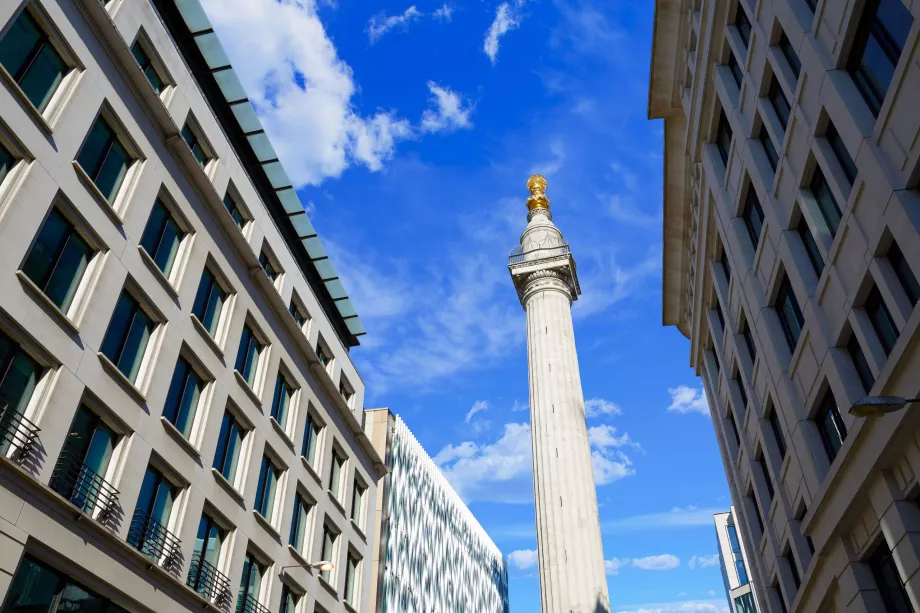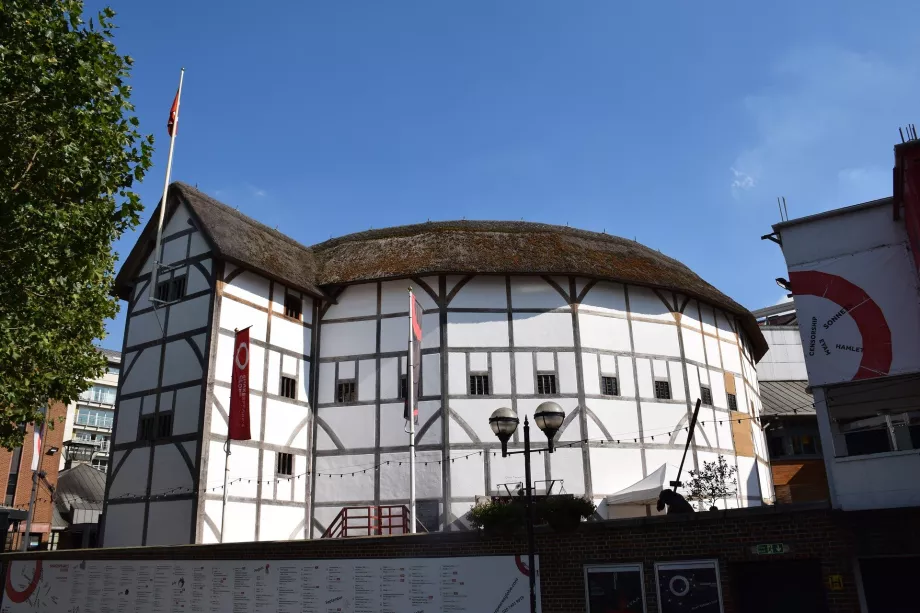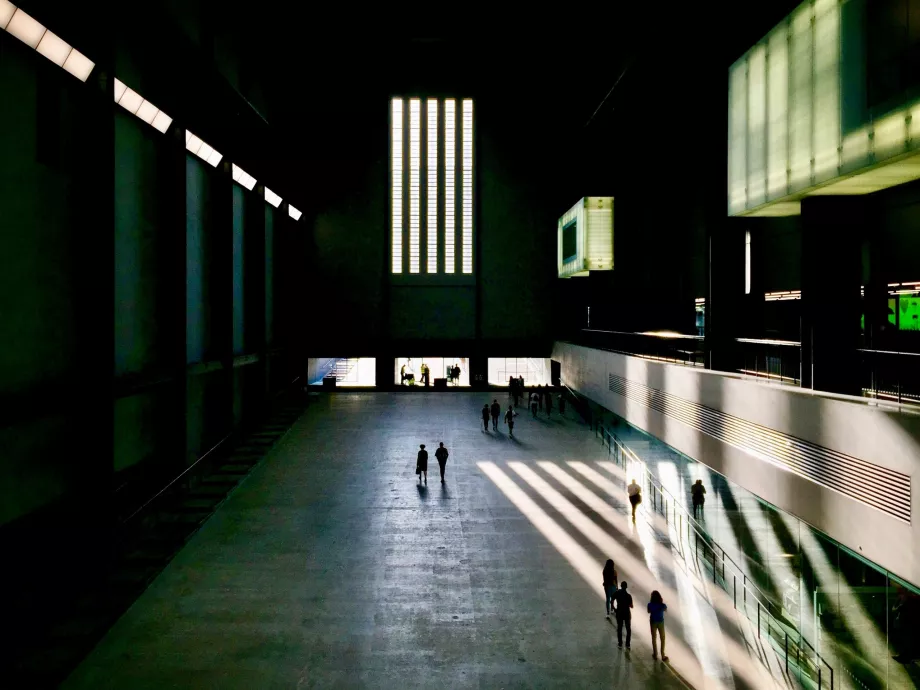Barbican

On the eastern edge of central London, the Barbican Estate attracts all lovers of architecture, urbanism and city planning.
The distinctive concrete estate is one of the most famous examples of brutalism in the world, but it is complemented by refining elements that create an ideal living environment.
History and present day Barbican
After the Second World War, the area where the estate is located was badly damaged, and so the decision was made to build an entirely new neighbourhood here.
The architectural competition was won by a consortium of three architects, Chamberlain, Powell and Bon. Construction of the Barbican Estate began in 1965 and was completed in 1976.
Brutalist architecture was very popular in Britain at this time, and this style of purpose-built concrete buildings was matched by the appearance of the new estate.
Three 132m high tower blocks and a number of office and commercial buildings complete the row of residential blocks.
The estate is particularly unique in its concept of public space. In order to soften the brutalist concrete style, there are a number of green spaces between the houses with water areas and places to spend leisure time. Green terraces are also built on some of the buildings.
In short, the Barbican is a bit deceptive in body. At first glance it is an unsightly concrete housing estate, but at second glance it is one of the most pleasant residential complexes in London.
Where to stay?
The Barbican is a great place to stay if you want to live close to the city centre and away from the main tourist areas.
For example, we would recommend the excellent hotel Montcalm Brewery ***** located in a former brewery complex.
How to get to the Barbican?
The borough is served by the tube station of the same name, with the Metropolitan, Circle and Hammersmith & City lines running through it.
On the eastern edge of Barbican, Moorgate tube station can also be used, with the addition of the Northern line.
What to see around
Discover all the places to see in London.
Any questions left?
If you have any questions or comments about the article...

